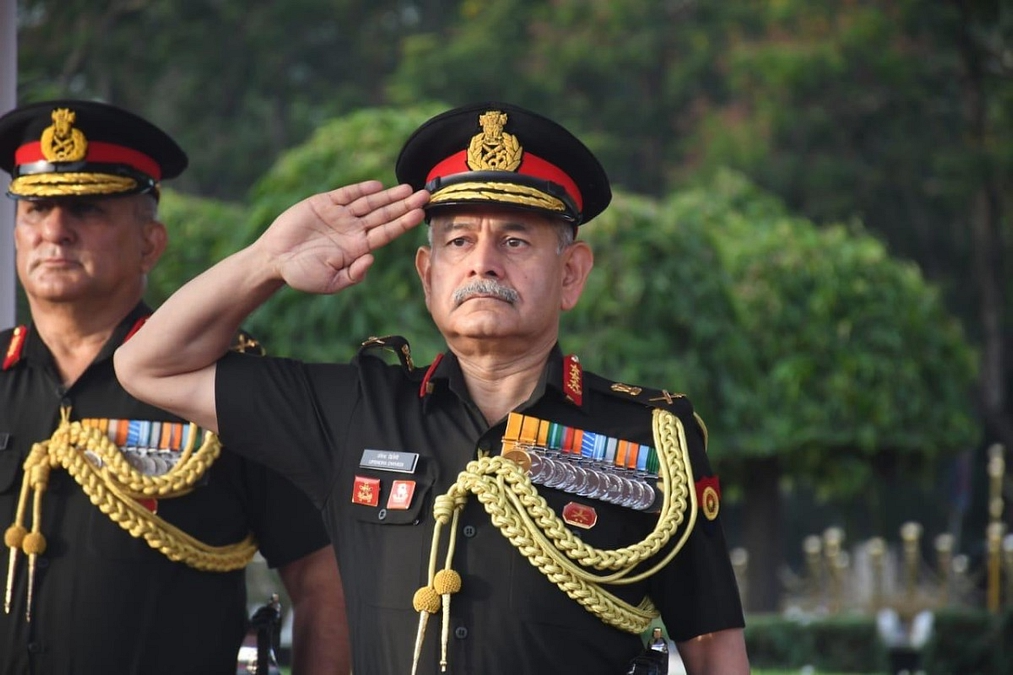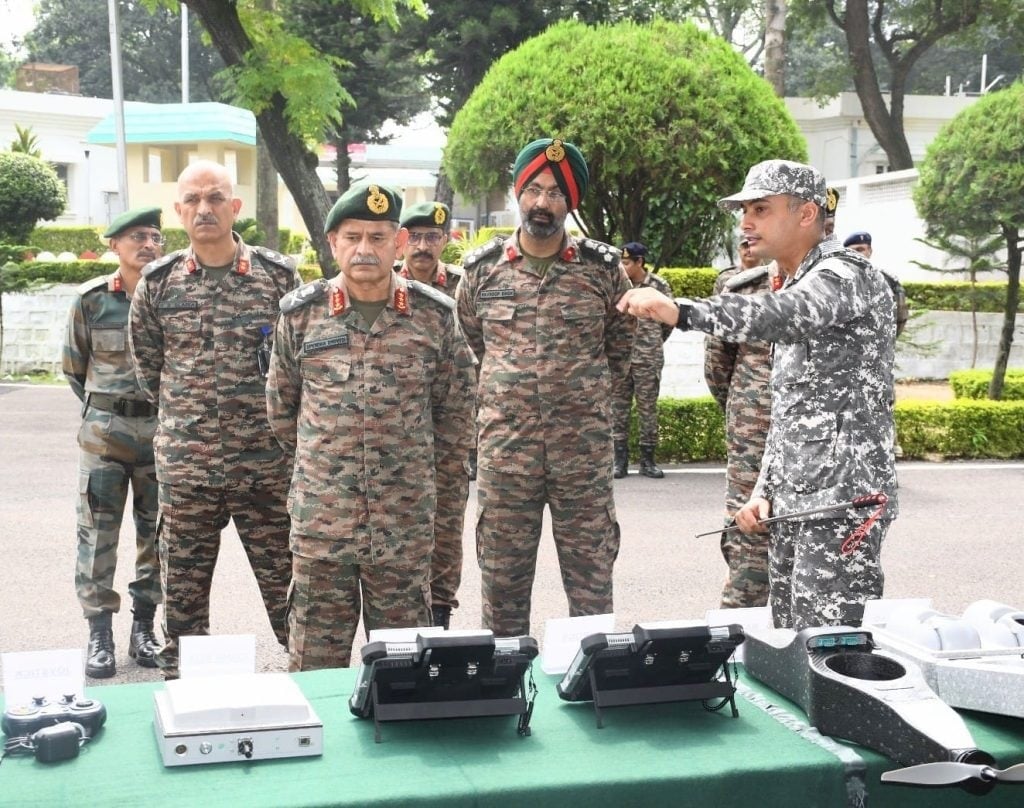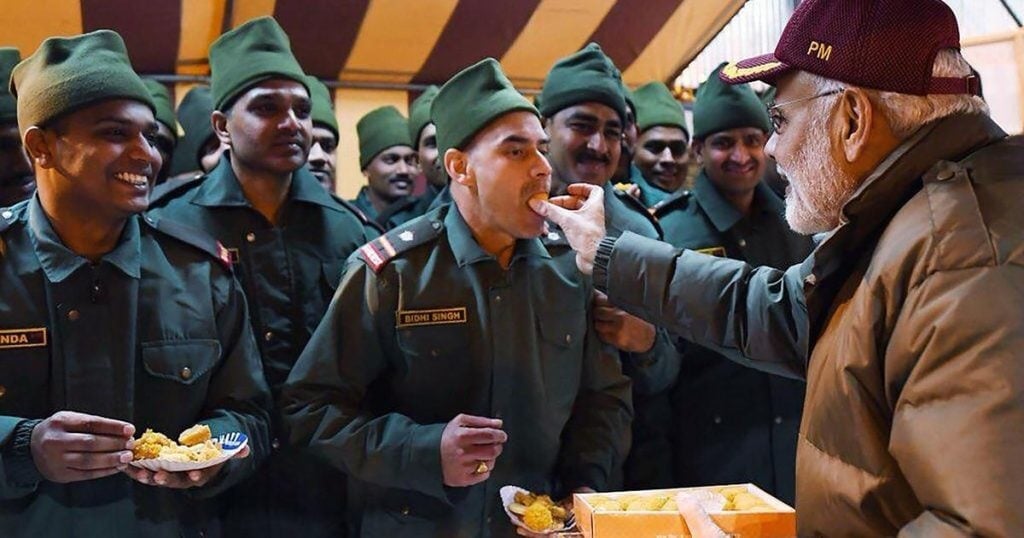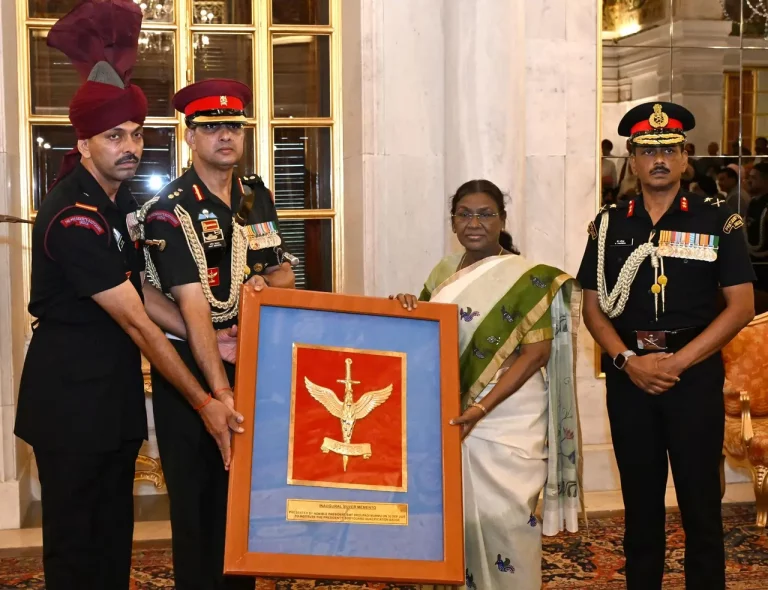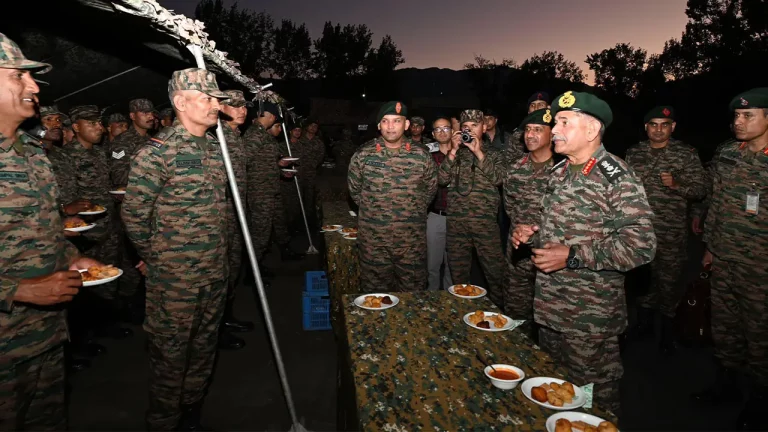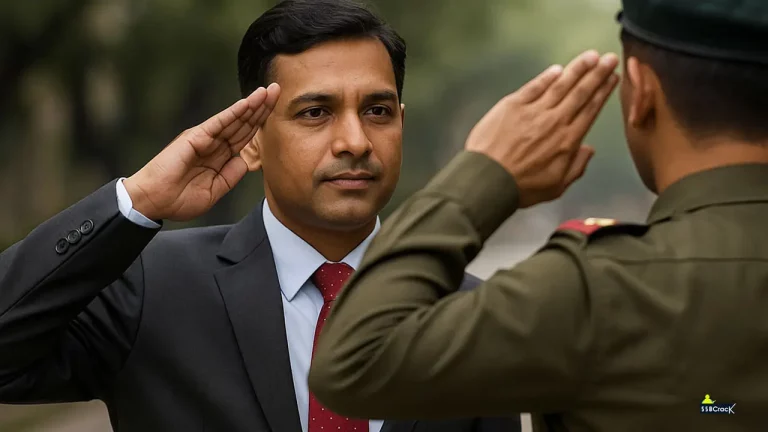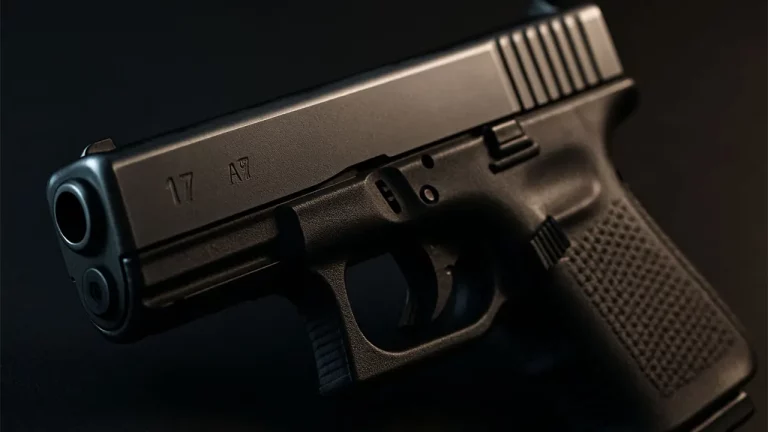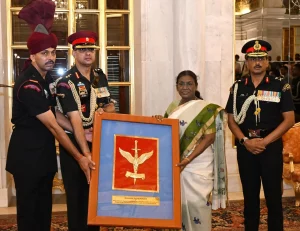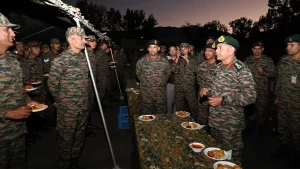Indian Army officers are granted a comprehensive retirement benefits program that stands as one of the best in India’s public sector. The pension plan offered to them is robust and well-structured, tailored to their rank, service tenure, and specific retirement circumstances. These pensions are not only a means of financial security for officers and their families but also a symbol of recognition for their dedication and sacrifices in service to the nation.
This article provides a detailed analysis of Indian Army pension types, eligibility criteria, calculation methods, and additional benefits for officers, ex-servicemen, and their families.
Also Read | Answering ‘Why Join the Indian Army?’ in Your SSB Interview
Types of Pensions for Army Officers
Indian Army officers can choose from multiple pension schemes that offer financial security post-retirement, adjusted for their specific service conditions and retirement scenarios. Here’s a breakdown of each pension type available:
1. Service Pension
The primary pension plan, service pension, is accessible to officers who have completed at least 20 years of service (15 years for Personnel Below Officer Rank, or PBOR). This pension is calculated at 50% of either the last drawn emoluments or the average earnings of the last ten months, with the higher amount being chosen. A minimum pension of ₹9,000 per month is guaranteed.
2. Disability Pension
Officers who retire due to service-related disabilities receive a disability pension that includes two components:
- Service Element: Equal to 50% of the last drawn emoluments.
- Disability Element: Calculated as 30% of last drawn emoluments for 100% disability, scaled down proportionally for lower disability percentages.
Officers with disabilities under 20% are not eligible for the disability element.
3. War Injury Pension
War injury pension is available to officers who have sustained injuries during wartime operations. For cases of 100% disability:
- Invalid Cases: Receive a pension equal to their last drawn emoluments.
- Discharge Cases: Receive 60% of their last drawn emoluments.
4. Invalid Pension
Recent policy updates have made invalid pensions more widely available. Officers who were discharged for non-service-related disabilities (Neither Attributable to Nor Aggravated disabilities or NANA) qualify for invalid pension regardless of their years of service, provided they were in service as of January 4, 2019.
Calculation of Army Officer Pensions
Pension calculations for military personnel involve several factors, including rank, service length, and the officer’s last drawn salary. Here’s a comprehensive look at how Indian Army pensions are calculated.
What Determines the Pension Amount?
The pension amount depends on the following factors:
- Last Drawn Emoluments: The officer’s final salary at the time of retirement.
- Years of Qualifying Service: The number of years served.
- Retirement Type: Whether the retirement was due to superannuation, disability, or early retirement.
- Rank and Pay Commission Recommendations: The pension scheme considers the officer’s rank and recommendations from the Pay Commission.
Rank-Based Pension Structure
The One Rank One Pension (OROP) scheme ensures officers receive similar pensions if they have the same rank and length of service, regardless of their retirement date.
Here’s a table showing estimated pension increases under OROP as of July 1, 2019:
| Rank | Pension as of 01.01.2016 (₹) | Revised Pension as of 01.07.2019 (₹) | Likely Arrears (₹) |
|---|---|---|---|
| Sepoy | 17,699 | 19,726 | 87,000 |
| Naik | 18,427 | 21,101 | 1,14,000 |
| Havildar | 20,066 | 21,782 | 70,000 |
| Nb Subedar | 24,232 | 26,800 | 1,08,000 |
| Sub Major | 33,526 | 37,600 | 1,75,000 |
| Major | 61,205 | 68,550 | 3,05,000 |
| Lt. Colonel | 84,330 | 95,400 | 4,55,000 |
| Colonel | 92,855 | 1,03,700 | 4,42,000 |
| Brigadier | 96,555 | 1,08,800 | 5,05,000 |
| Maj. Gen. | 99,621 | 1,09,100 | 3,90,000 |
| Lt. Gen. | 1,01,515 | 1,12,050 | 4,32,000 |
Also Read | Indian Army Inducts 550 Made in India ‘Asmi’ Pistol
Additional Benefits and Allowances
Beyond pensions, retired Indian Army officers receive additional benefits that enhance their post-retirement life. These include family pensions, healthcare, access to canteen facilities, and opportunities for resettlement.
1. Family Pension
In the event of the officer’s death, their family receives a family pension. The spouse is typically entitled to 30% of the officer’s last drawn salary, with a minimum guaranteed amount of ₹9,000 per month.
For personnel killed during military operations, a Liberalized Family Pension is provided, which is 100% of the last drawn emoluments.
2. Medical Benefits
The Ex-Servicemen Contributory Health Scheme (ECHS) offers comprehensive healthcare services, covering both inpatient and outpatient treatments across military hospitals and partnered civilian hospitals.
3. Canteen Facilities
Ex-servicemen benefit from the Canteen Stores Department (CSD), which provides essential products, consumer goods, and even vehicles at subsidized rates.
4. Resettlement Opportunities
The Directorate General of Resettlement (DGR) offers multiple programs to assist retired officers in transitioning to civilian life, including resettlement courses, quota reservations in government jobs, and business opportunities through fuel and LPG distribution.
Recent Changes and OROP Implementation
The One Rank One Pension (OROP) scheme has been instrumental in reducing disparities in pension amounts across retired personnel. Recent budget allocations and updates ensure fair distribution and adjustments in pension amounts.
Revised Pension Calculations
Starting from July 1, 2024, OROP revisions have been applied to multiple ranks, benefiting commissioned officers, honorary officers, JCOs/ORs, family pensioners, and ex-personnel.
Future Outlook for Army Pensions
The government continually reviews and updates pension benefits for armed forces personnel, with revisions every five years. A judicial commission established by the Ministry of Defense addresses implementation challenges and resolves discrepancies.
Also Read | What is Bada Khana in Indian Army?
Conclusion
The Indian Army’s pension system is designed to provide retired officers with financial security and an extensive support network. Whether through service, disability, or family pensions, the structured approach ensures that veterans and their families are well cared for.
FAQs
Q1: What factors determine the pension amount for an Indian Army officer?
The pension amount depends on several factors, including the officer’s rank, years of service, last drawn salary, and the type of pension they qualify for.
Q2: How is the basic service pension for Indian Army officers calculated?
The basic service pension is typically calculated as 50% of the last drawn emoluments or the average of the last 10 months’ salary, whichever is higher.
Q3: What is the minimum qualifying service for an officer to receive a pension?
For Indian Army officers, a minimum of 20 years of service is required to qualify for a regular service pension.
Q4: What is the One Rank One Pension (OROP) scheme?
OROP ensures that officers with the same rank and service length receive equal pension, regardless of their retirement date. This scheme helps standardize pensions across different generations of retirees.
Q5: Are there any special pensions for officers who retire due to service-related injuries?
Yes, officers who retire due to disabilities incurred during service may qualify for a Disability Pension, which includes a Service Element and a Disability Element based on the degree of disability.
